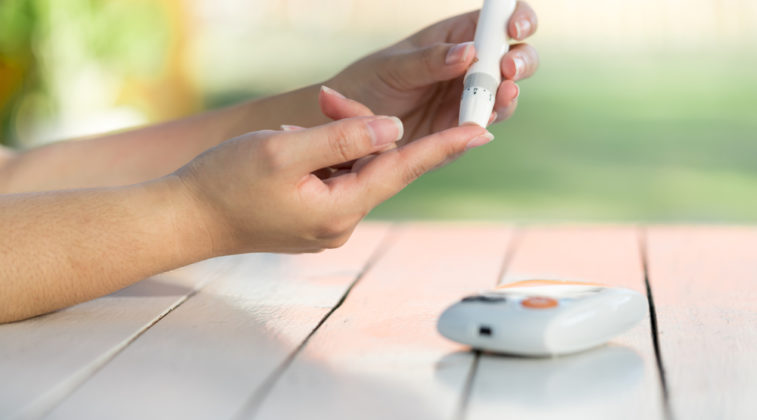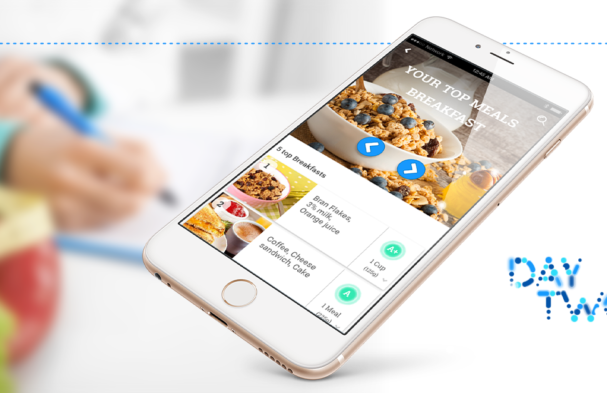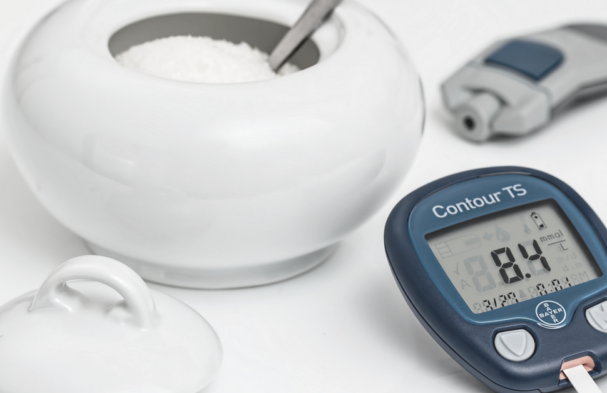
Traditionally, finger pricking has been the primary method of obtaining a blood sugar measurement for individuals with diabetes. Unfortunately, this method causes discomfort for most, interrupting daily life and requiring the individual to obtain samples at inconvenient times. Luckily, advances in technology are presenting non-finger pricking solutions that measure blood sugar constantly throughout the day.
Over 30 million Americans are currently suffering from diabetes, and 90-95% of those are suffering from type 2 diabetes. While less severe than type 1 diabetes, these individuals are still unable to produce the required amount of insulin to maintain healthy blood sugar levels. With a type 2 diabetes diagnosis, the pancreas can’t produce enough insulin to combat insulin resistance, requiring the individual to check their blood sugar levels on a regular basis. With finger-pricking, the inconvenience has been preventing people from monitoring their blood sugar as they should.
While Continuous Glucose Monitoring (CGM) systems present the most prevalent option for pain-free, non-invasive continuous glucose monitoring, there are additional solutions as well. Below, we’ll discuss several non-invasive, needle-less diabetes solutions that can make blood glucose monitoring simpler.
Non-finger pricking solutions
DayTwo: Partnering with the Weizmann Institute of Science, DayTwo is using the latest microbiome testing technologies to prescribe diets that are unique to each individual. Contrary to popular belief, research has shown that glucose spikes are highly personalized. Using DNA sequencing of the gut microbiome can show us what types of foods will or will not cause elevations in blood sugar levels, allowing individuals to customize their diet to potentially regulate blood sugar levels and prevent the advancement of the diabetic condition. Combined with the use of CGMs to minimize the inconvenience of measuring blood sugar levels, DayTwo’s algorithm and personalized nutrition app paves the way for a future where fewer individuals suffer from diabetes globally, and those who do can monitor the condition with relative ease.
FreeStyle Libre: While there are many similar products currently being tested for approval, the FreeStyle Libre was the first non-finger pricking device to be approved by the FDA in the US. The device uses a patch set on the arm that can be worn for up to two weeks, allowing constant monitoring to help users determine what causes glucose spikes and better address the management of their blood sugar levels. The FreeStyle Libre can be used with a proprietary measuring device, or with the FreeStyle Libre mobile app.
Eversense: Using a subcutaneous implant which lasts up to 3 months, Senseonics has developed a unique polymer that exhibit fluorescence when glucose levels spike, sending readings to a transmitter throughout the day. Because the implant is permanent, Eversense is currently marketing the device as the only FDA-approved, long-term CGM.
GlucoTrack: Integrity Applications has developed a device that monitors glucose levels using electromagnetic, ultrasonic, and thermal waves. A sensor is clipped on the ear intermittently, meaning the device isn’t technically a CGM. Already approved in Europe, the device is the first of its kind to hit the market.
Noviosense: Having recently shown phase 2 clinical trial success, Noviosense offers a unique implant placed below the eyelid, using tears to measure current blood glucose levels. Requiring a 2cm metal coil implant wrapped in soft hydrogel, the implant can potentially send minute-by-minute results to a smartphone app.
Glucowise: Currently still undergoing testing, Glucowise presents the option to place a monitor on the skin between the thumb and index finger or on the earlobe. As radio waves are used to measure glucose levels, the developers strongly believe they can achieve more accurate blood glucose measurements than those measured with other CGMs.
Smart Contact Lens by Google: Partnering with Novartis, Google introduced this idea in 2014. Using a thin microchip, they presented the idea of measuring blood glucose levels within a contact lens, using an antenna to relay the data to a smartphone. There have yet to be any recent updates on this product, but knowing Google, we’d imagine they’re working tirelessly behind the scenes to perfect the technology.
Glucosense: The Glucosense monitor is the first CGM to utilize laser technology. The device uses nano-engineered glass that exhibits fluorescence when triggered by a low-power laser. Once in contact with the finger, the signal is altered based on current blood glucose levels, potentially providing a highly accurate measurement within 30 seconds.
The development of non-invasive, non-finger pricking devices to monitor blood sugar levels has been long awaited in the medical industry, and it appears the time is finally here for the transition to take place. With multiple companies acquiring FDA approval, and a long list to follow, it appears the days of finger-pricking could soon be over. However, while measuring blood glucose levels is an extremely important factor in managing diabetes, individuals and healthcare practitioners must still work to maintain proper blood sugar levels with diet and exercise.


